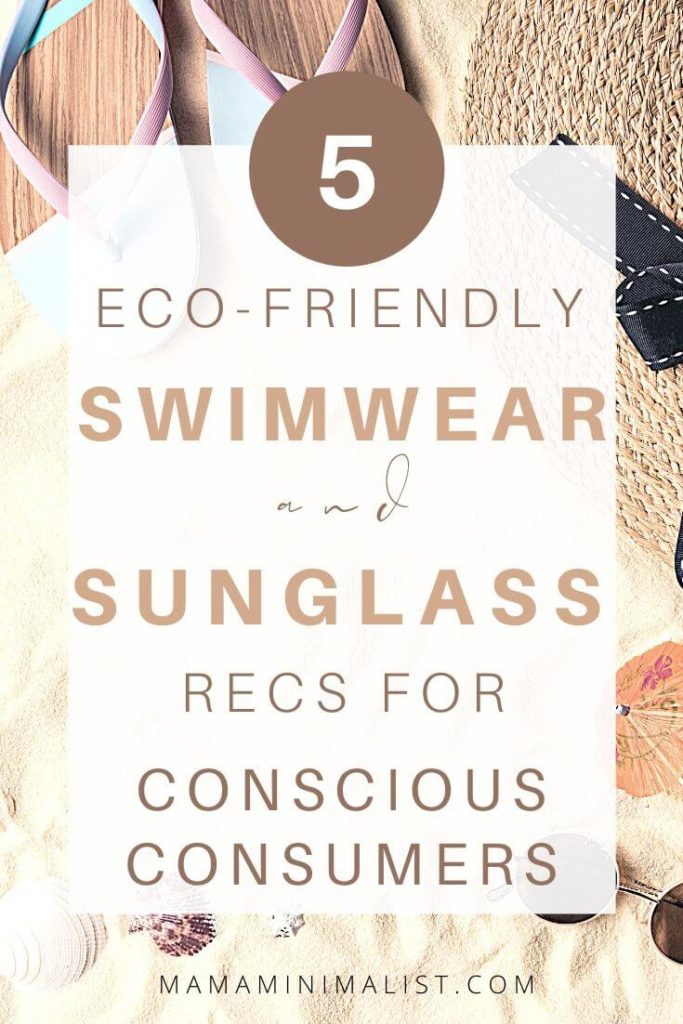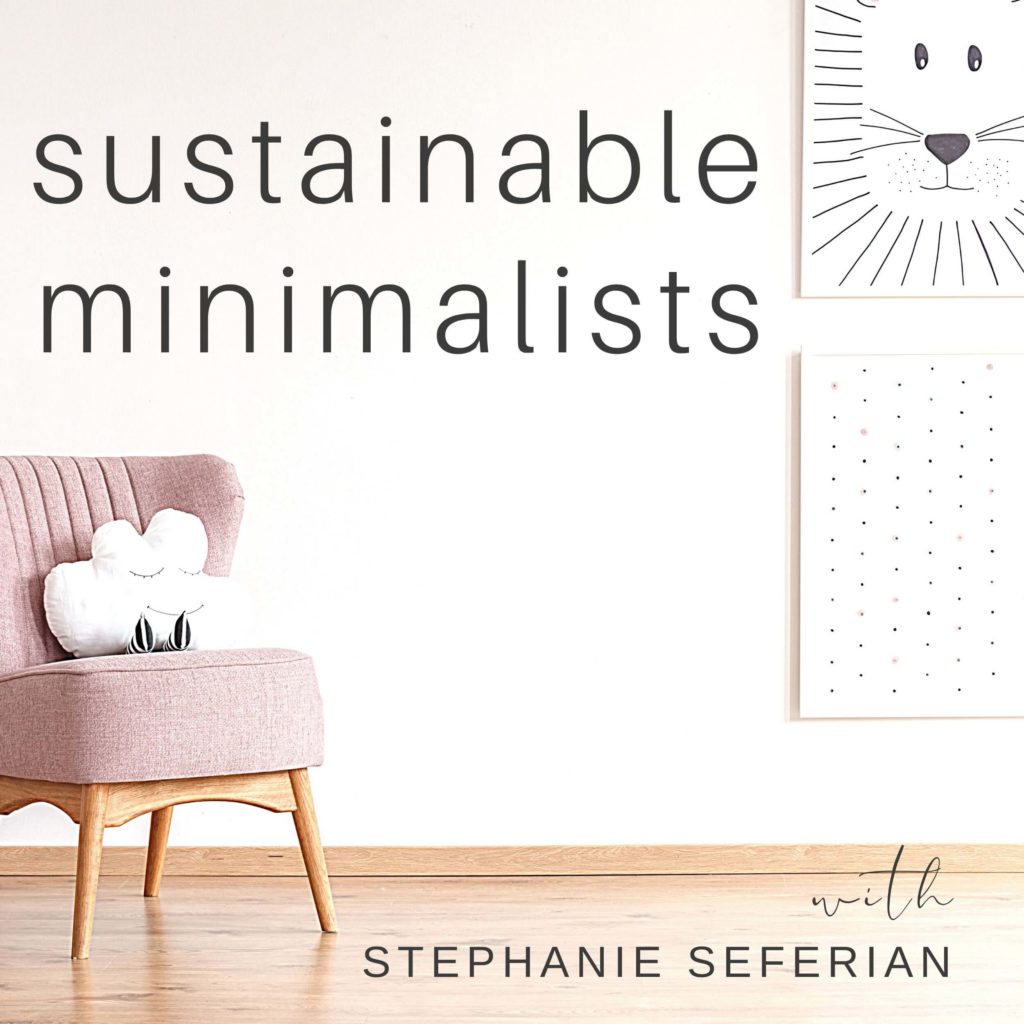Celebrating The Simple Life: 5 Eco-Friendly Summer Tips
Eco-Friendly Ideas for a Simple Summer Life
Summer is all about living the simple life, with extended bedtimes, spur-of-the-moment jaunts, and a general commitment to squeezing out every last frills-free moment.
But if we aren’t careful, our summer celebrations can harm the planet with unnecessary purchases, chemical-laden sunscreen and bug repellent, and unsustainable vacations that create excessive carbon emissions.
It is entirely possible to enjoy the simple summer life without harming the planet! Eco-friendliness in the summer prioritizes sustainable sunder, reef-safe sunscreen, green vacations, and more.
Read on for an ultimate list of simple ways to be sustainable this summer.
The simple life requires sustainable swimwear
You and I need synthetic bathing suits, as synthetics make bathing suits stay put when wet.
Be eco-friendly when making your next swimsuit purchase by investing in one with 85-percent or more recycled synthetic fibers.
Be ethical, too, by identifying where the suit was sewn. While garments that originate in Asia tend to come from poorly-regulated facilities, other countries boast strong manufacturing protections and laws that protect workers’ rights.
Highly-rated sustainable swimsuit brands include:
- Summersalt (my absolute fave!)
- Vitamin A Swim
- Wolven
- Reformation
You can find The Sustainable Minimalists podcast wherever you listen to podcasts.
Apple Podcasts | Google Podcasts | Spotify | Stitcher
Sunglasses
These days, while every industry has “eco-friendly” products, many companies that shout their eco-friendliness from the rooftops are actually greenwashing as they highlight a singular green attribute and ignore their other environmentally damaging practices.
The sunglass industry is no exception.
If you consider yourself eco-conscious and are in the market for a new pair of sunglasses, you have likely heard about the new-ish green sunglass trend: Acetate sunglasses.
Acetate originates in cellulose and is therefore a semi-synthetic material. A semi-synthetic is a plant-based material that requires environmentally-damaging chemicals alter to create a product.
[Related: What are Sustainable Fabrics?]
It’s likely that a company boasting acetate sunglasses understands that its consumers are aware of the problems with plastic and are greenwashing them into purchasing an alternative product.
Acetate could be a wonderful material with which to make sunglasses, but the technology and manufacturing isn’t there yet. It is likely that acetate sunglass manufacturing significantly harms the planet thanks to all the chemicals required to transform cellulose into a wearable fiber suitable for sunglasses.
My recommendation? When it comes to sunglasses and the simple life, keep last year’s pair around for another year.
If you simply must purchase a new pair, know that wood, bamboo, metal, and recycled plastic sunglasses exist.
Friendly reminder: Donate your prescription sunglasses! Prescription glasses are a donation item that is in very high demand, so go ahead and donate them guilt-free. (Many eyeglass stores have donation boxes by the door.)
Reef-Safe Sunscreen
There are two major problems with conventional sunscreens: They are toxic to humans; they are toxic to our ocean ecosystems, too.
The term ‘Reef-safe’ has wriggled its way into public consciousness over the past five years. Coral reefs are one of the most diverse ecosystems on our planet and are vital to health of our oceans.
Oxybenzone is the common ultra-violet filtering ingredient in sunscreens; it is also the main chemical harming the coral reefs.
Reef-safe sunscreen, by contrast, is made with minerals instead of chemicals. Mineral based sunscreens support human health, too, because chemical varieties contain suspected carcinogens, endocrine disruptors, and parabens, which are linked to reproductive issues and cancer.
When shopping for sunscreen, go further than reading the label; read the ingredient list. Look for a brand that lists titanium dioxide or zinc oxide as its main ingredient.
Some great Reef-Safe sunscreens are:
Tinted mineral sunscreens (that don’t leave the white glow) are:
Bug Repellent
The annual number of people sickened by mosquitos or tick bites has more than tripled since 2004, and we have climate change to thank for the influx of mosquito-borne diseases.
The simple life demands effective bug repellent, and nothing works better than diethyltoluamide, or Deet. Scientists believe that mosquitoes choose their human victims by the scent of the bacteria on our skin and in our sweat. Deet repels insects that bite by blocking an insect’s ability to smell human sweat and breath.
Deet is not benign, however. It is an eye irritant and can cause blisters and rashes on some users. It has been associated with lethargy, confusion, disorientation, and mood swings; one 2009 study concluded that DEET may prevent the normal breakdown of acetylcholine, a nervous system chemical that triggers movement and muscle activity. Some older research has also tied DEET to seizures or brain toxicity in children.
Is Deet Safe for the Environment?
For the most part, yes.
Plenty of deet gets into the air when you spray it (especially if you’re using an aerosol). But according to the Centers for Disease Control and Protection (CDC), sunlight breaks down the chemical fairly quickly. In 5 hours time, one-half of the Deet released into the atmosphere will have disappeared.
Deet is likely to end up in aquatic systems, because when you shower, bathe, or wash your clothing, the chemical slips from your skin and clothing into the water supply. In water, aerobic microorganisms degrade Deet quickly.
Use it wisely:
Spray it on your hands first, and then rub it on the parts of your body you wants to protect and that mosquitos like to bite—like ankles, wrists and neck. This eliminates Deet inhalation, lip numbness, and accidental swallowing.
Never use Deet on children under two years of age, and do not apply bug repellent containing Deet to hands or faces, or to cut or sunburned skin.
Enact common-sense measures, too: Stay indoors after dusk and, if you are outside, wear long socks, pants, a long-sleeved shirt and a hat.
Natural alternatives to DEET include:
- eucalyptus oil
- soybean oil
- good, old-fashioned citronella
Green travel
Many minimalists value vacations for their emphases on simple life pleasures instead of trinkets. But while vacations create lasting moments with loved ones, traveling can be quite un-eco-friendly.
Enacting some common sense measures on your next vacation can ensure you enjoy your holiday without harming the planet.
Minimize air travel
As you plan your trip, choose a destination that does not require air travel, as the only way to green-ify air travel is to minimize it.
Passenger airplanes emit significant amounts of greenhouse gases into the atmosphere, as a single round-trip flight from New York to Europe, for example, creates a warming effect equivalent to 2 or 3 tons of carbon dioxide per person. (For reference, the average American generates about 19 tons of carbon dioxide a year; the average European, 10.)
Consider traveling to your desired destination by train or by another means of public transit that seats at least 40 people. Alternately, seek out hidden gems in your area: doing so means your family will spend less time traveling and more time vacationing.
If you must fly, fly smart. Thanks to extra legroom and bigger seats, business class emits approximately three times more emissions than flying coach.
Offset your carbon footprint by flying coach; fly direct, too, instead of choosing an itinerary with layovers with extra gas-guzzling takeoffs and landings.
Seek out sustainable lodging
Before booking your lodging, support sustainable accommodations. Support a holistically sustainable hotel, lodge, or bed & breakfast that supports environmental, social, and economic issues. Such lodging will use renewable energy, conserve water, employ effective waste reduction measures, and give back to its local community.
Do good on vacation
As you vacation, anchor your actions by a singular goal: Leave your destination better than you found it.
Avoiding plastic is particularly important when on vacation. Not all countries have comprehensive systems for managing waste in place; developing countries many not have waste management systems at all. As vacationers it is therefore prudent to commit to creating as little waste as possible. While you may not be able to avoid plastic entirely on vacation, you can certainly avoid single-serving sizes from the mini bar, all of which are overpriced and overpackaged. Head to a nearby grocery store and stock your lodging with healthy snacks and produce with less packaging. Skip single-use plastics like utensils, cups, and more on your travels, too.
Be judicious with your giving – and with your dollars. Seek out locally hand-crafted items, as such souvenirs will ensure your dollars are channeled back into the community. Decline meals at the hotel buffet, too, which result in mounds of uneaten food; instead, support local business owners by visiting restaurants off the beaten track and ordering food that is in season for the location.
After returning from vacation, offset your extra carbon emissions by making a tax-deductible donation to a charity that fights climate change. Alternately, donate to organizations that plants trees, build wind farms, or conserve forests. Carbonfund lists practical donation guidelines for travelers aspiring to give back after taking.
How do you celebrate the joys of the simple life during the summer? What eco-friendly tricks do you employ during the best season of the year?






